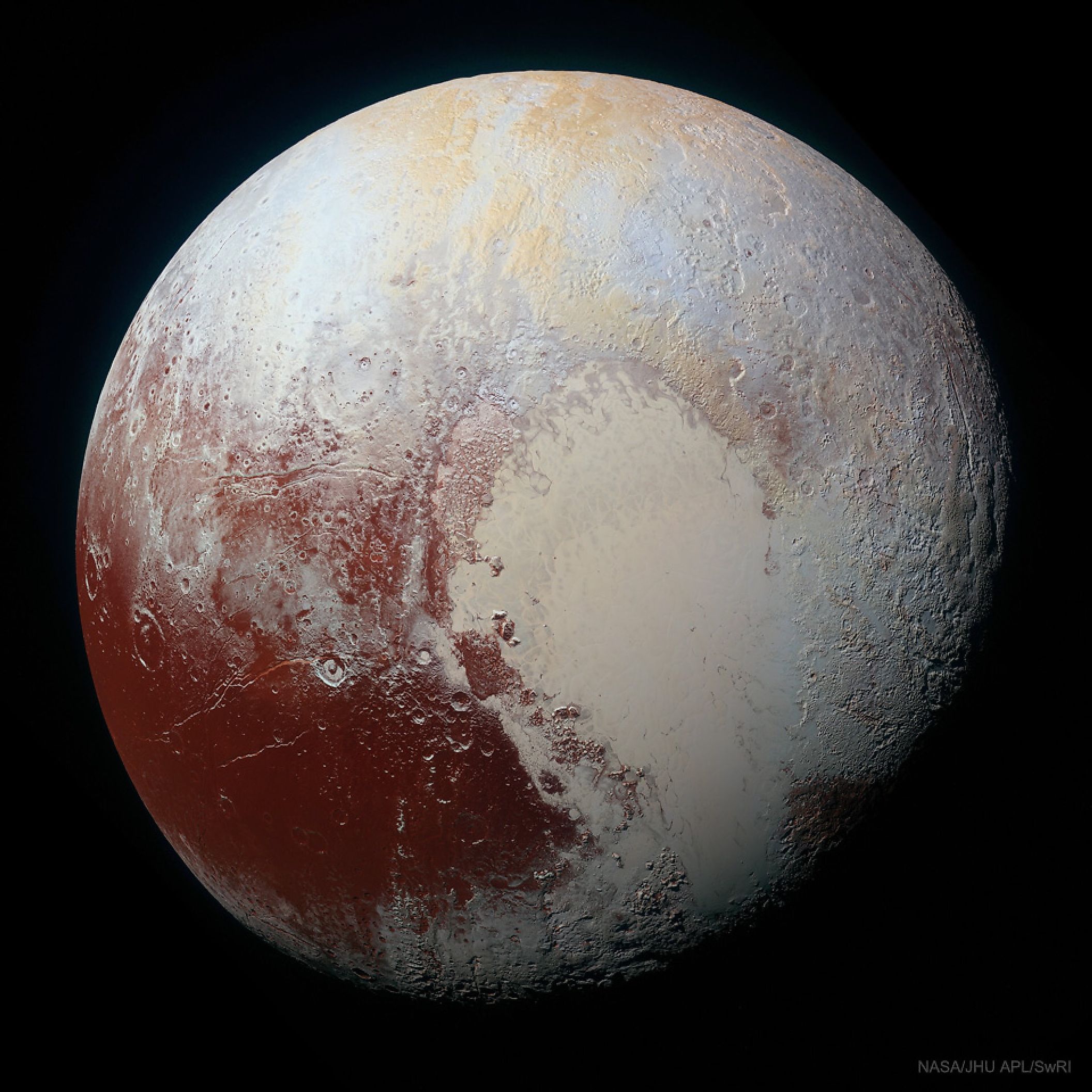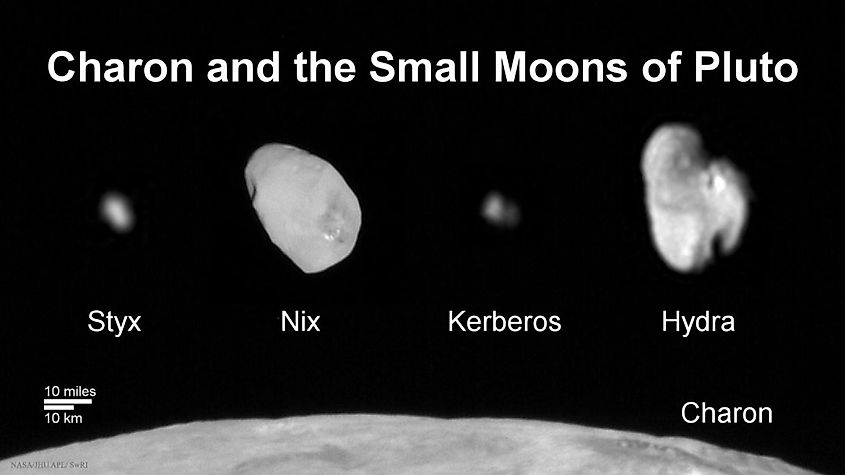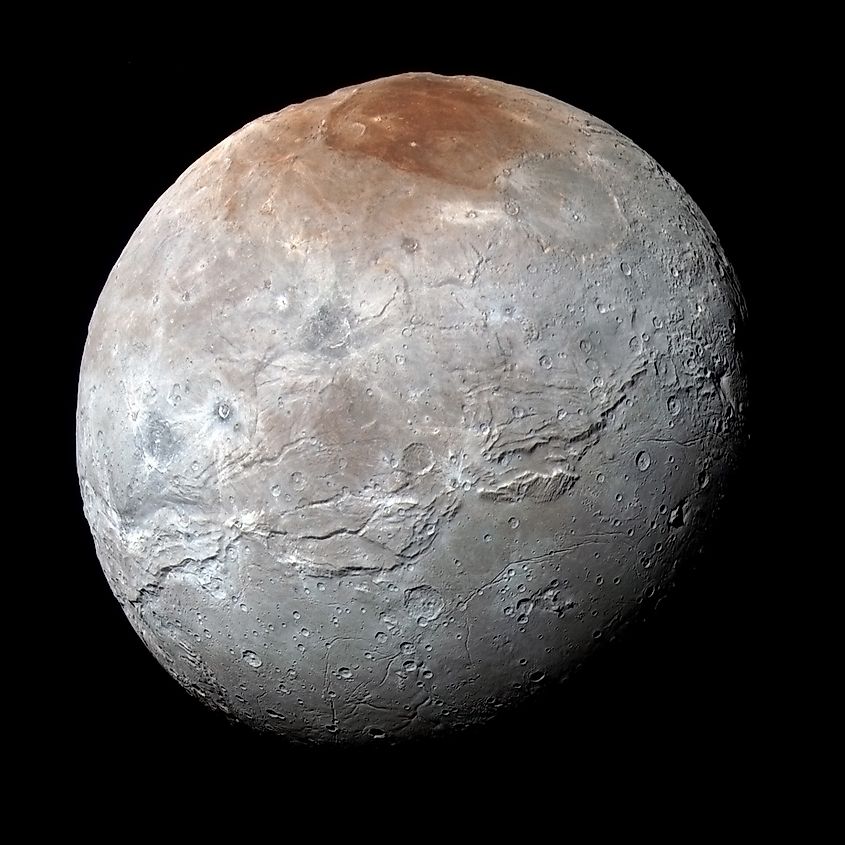
How Many Moons Does Pluto Have?
In 2006, Pluto was demoted from planet to dwarf planet. By changing what it means to be a planet, astronomers excluded Pluto and other small worlds from being defined as planets. Despite Pluto’s demotion, it remains as unique and interesting as the planets in our solar system. In fact, although Pluto may be smaller than Earth’s moon, it is actually orbited by more moons than Earth and Mars combined. How many moons does Pluto have?
Pluto’s Moons

Pluto is orbited by five known moons. Of those five moons, only one is massive enough to have gravity strong enough to pull itself into a spherical shape. That moon is Charon, and it is the largest of Pluto’s moons. The other four moons are very small, and have masses that are too low to generate a strong gravitational field and become spherical. Rather, they are each considered to have irregular shapes. The smallest of Pluto’s moons is called Styx, and it is only 9.9 miles (16 kilometres) across. The next smallest moon is Kerberos, with a diameter of only 12 miles (19 kilometres). Then there’s Nix, with a diameter of 30.9 miles (49.8 kilometres), and Hydra, with a diameter of 32 miles (51 kilometres). Charon is by far the largest moon of Pluto, having a diameter of 753 miles (1,212 kilometres).
Charon

Since Charon is the largest moon of Pluto, it has been the easiest to study from a distance. Charon was also the first moon discovered around Pluto, having been discovered on June 22, 1978. Charon is the innermost moon of Pluto, orbiting the dwarf planet at an average distance of 12,160 miles (19,570 kilometres). It takes Charon roughly 6.3 days to orbit Pluto. Interestingly, the two worlds actually orbit each other. Charon is more than half the size of Pluto and 12% the mass of Pluto. Because of how similar they are in size and mass, the center of gravity between the two objects exists outside of their respective surfaces, and so they actually orbit each other. The Pluto-Charon system is often considered to be a binary system, and astronomers have used these two worlds to study how binary planetary systems may work in other solar systems.
Formation
Pluto’s gravitational pull is too weak for moons to have formed in its orbit. The four smaller moons were all likely asteroids or comets shortly after the formation of the solar system. These objects formed and orbited the sun in the region known as the Kuiper Belt, the same region where Pluto is located. Over time, they eventually passed too close to Pluto and were captured by its gravity and became moons. Charon, however, is an entirely different story. Exactly how Charon formed is still a mystery, yet astronomers generally believe that it probably formed in a way similar to how Earth’s moon formed. Charon may be the product of a collision, wherein Pluto was impacted by another object that ejected enough debris to form a moon.











